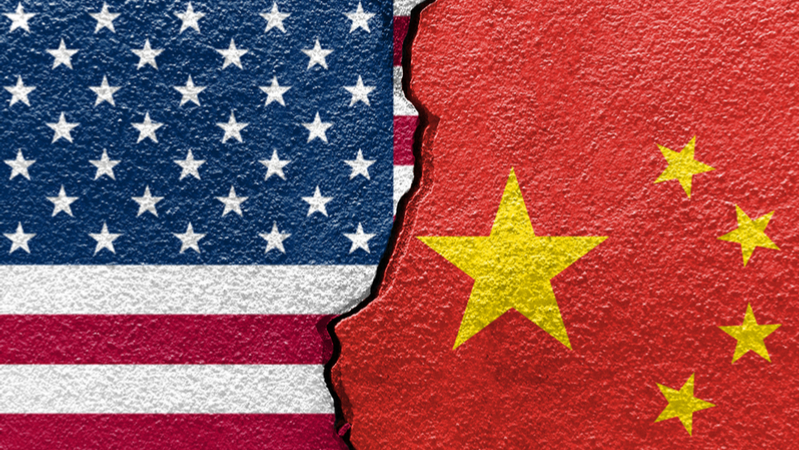
China has significantly closed the innovation gap with the United States since 2007, and even more so since 2017, although the U.S. still leads China in research and development (R&D) spending, according to a recent Information Technology and Innovation Foundation (ITIF) report.
The report traces China’s foundations and development of innovation in recent history, including the nation’s pursuit of policies and programs to gain intelligence from foreign producers needed to jumpstart its own innovation.
ITIF found that China got innovative knowledge through unfair means, “including through theft of intellectual property, forced joint ventures and technology transfer as a condition of market access, and state-subsidized purchases of or investments in foreign advanced industry firms.”
From there, China’s government supported the country’s industries in their efforts to copy and incorporate foreign technology while building its own domestic capabilities, which would ultimately enable Chinese companies to become independent innovators in the global tech marketplace.
China’s been developing its own innovations and closing the gap with the United States with more investment in (R&D, ITIF said. In 2007, China spent $129 billion on R&D – 33 percent less than the United States’ R&D investment of $395 billion. But since then China has grown its R&D spending significantly more than the United States, ITIF said.
“By 2017, U.S. R&D expenditures had grown at an annual rate of 2 percent, while China’s had grown much more rapidly at 13.1 percent,” ITIF said. “By 2017, China had significantly closed the gap to the United States, reaching 76 percent of U.S. levels and surpassing the EU, investing 2.13 percent of its GDP.”
China has also seen a growth of researchers in its workforce, venture capital funding in innovation, and more graduates in STEM fields, which have all contributed to the country’s ability to compete with leading economies in advanced technologies innovation.
As a result, China has seen a significant rise in the number of published scientific articles – even surpassing the United States for the first time in 2016 with 426,165 published. The Chinese Patent Office has also granted more patents from 2007 to 2017 across a range of fields, such as in chemical, clean energy, life sciences, and other tech-focused areas.
China’s trade and manufacturing of advanced technologies have also grown, even to a point where it outpaces the United States in much of its production.
“By 2016, Chinese exports were 81 percent more than U.S. exports,” the report said. “Chinese manufacturing value-added more than tripled between 2006 and 2016 relative to U.S. levels, and in 2016, they were 46 percent greater than U.S. levels.”
Without a plan to compete with China, ITIF said leading economies like the those of the United States, Europe, Japan, and Korea will likely face “face a world wherein their advanced industry firms face much stiffer competition and have fewer jobs in industries as diverse as semiconductors, computers, biopharmaceuticals, aerospace, Internet, digital media, and automobiles.”
If the U.S. sees a loss of advanced technologies industries, ITIF said it will have two major negative effects: prosperity – the average wage in tech positions is about 75 percent higher than average American wages – and reduced global market share, making the cost of imports higher, seeing a fall of national currencies relative value, and reducing living standards.
